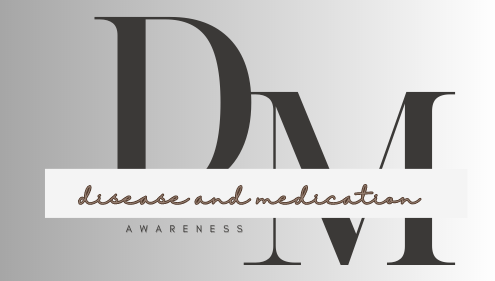Ecallantide is a critical medication for managing acute attacks of hereditary angioedema (HAE). However, accessing this life-saving treatment involves understanding various cost factors, insurance coverage, and available assistance programs.
Ecallantide Pricing:
The Ecallantide cost can be significant, primarily due to its status as a specialty drug. Specialty drugs are often more expensive due to the complexity of their production and the specific medical conditions they treat. The exact cost of Ecallantide can vary depending on the pharmacy, location, and dosage required, but it typically runs into thousands of dollars per dose.
Insurance Coverage for Ecallantide
Health Insurance: Most health insurance plans, including private insurance, Medicaid, and Medicare, provide some level of coverage for Ecallantide, but the extent of coverage can vary widely.
Assistance Programs for Ecallantide
For patients facing high out-of-pocket costs or those without adequate insurance coverage, several assistance programs are available to help reduce the financial burden of Ecallantide.
IN LAST Accessing Ecallantide involves understanding the complex landscape of costs, insurance coverage, and available assistance programs. By working closely with healthcare providers, exploring financial assistance options, and staying informed about insurance coverage, patients can better manage the financial aspects of obtaining this essential medication.
FAQs
Q1: What is Ecallantide used for?
Ecallantide is used to treat acute attacks of hereditary angioedema (HAE), a condition that causes sudden swelling in various parts of the body.
Q2: How does Ecallantide work?
Ecallantide works by inhibiting kallikrein, an enzyme that leads to the production of bradykinin, a substance that causes swelling in HAE patients.
Q3: How is Ecallantide administered?
Ecallantide is administered as a subcutaneous injection, typically by a healthcare provider, into the fatty tissue under the skin.
Q4: What are the common side effects of Ecallantide?
Common side effects include injection site reactions, headaches, nausea, and fatigue.
Q5: Can Ecallantide cause serious allergic reactions?
Yes, Ecallantide can cause anaphylaxis, a severe allergic reaction. Patients should be monitored for at least one hour after administration.
Q6: Is Ecallantide covered by insurance?
Ecallantide is often covered by insurance, but prior authorization is usually required. Co-pays and out-of-pocket costs may vary.
Q7: Are there assistance programs available for Ecallantide?
Yes, there are manufacturer assistance programs and non-profit organizations that can help with the cost of Ecallantide for eligible patients.
Q8: Can I administer Ecallantide myself?
No, Ecallantide should be administered by a healthcare professional due to the risk of severe allergic reactions.
Q9: What should I do if I miss a dose?
Ecallantide is used on an as-needed basis during HAE attacks, so there is no regular dosing schedule. If you miss a dose during an attack, contact your healthcare provider.
Q10: Can children use Ecallantide?
Ecallantide is approved for use in patients 12 years and older. The safety and efficacy in younger children have not been established.
